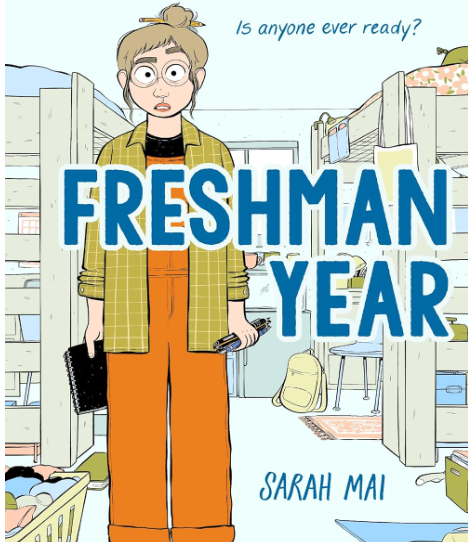Glimpse of My Next Semester
As the spring semester gets closer, I feel both excited and nervous. I’m nervous because I have gotten to know the people in my current classes, and it feels comfortable. Starting over with a new group of classmates makes me anxious because I’ll have to go through the process of getting used to new faces. But at the same time, I’m excited because I’ll have the chance to meet new people and make new friends which is something I enjoy.
I’m also happy that my registration process went well. I was able to sign up for all the classes I wanted. The only problem was that I didn’t get into a class required for my major at first, but I filled out a waitlist form and luckily, they were able to put me in the class. I’m really thankful to my advisor for helping me with that. One challenge I might face this semester is adjusting to my new schedule. I’m also worried about how much work my new classes will have, especially if they turn out to be hard.
For spring break, I’m really excited because I plan to visit my aunt in California. Just thinking about it makes me happy!! California has always been a place I have wanted to visit, and I’m looking forward to the experience. Even though my relatives in Richmond offered for me to stay with them while my mom goes back to Kenya, I really want to stick to my plan of going to California. I’m not sure yet what I’ll do once I’m there, but I hope it will be a fun and exciting trip.
This summer, I plan to intern at Virginia Housing again, where I have interned since my sophomore year of high school. I’m excited to return because the people there feel like family. I’ll also continue my part-time job as a caregiver for the elderly, which has been the best job I’ve had so far. I’ve learned that once you get to know them, elderly people can be really funny and sweet. Lastly, I’m planning to go skydiving with a friend, which I’m really looking forward to. I’m excited for the spring semester to start, but I can’t wait for the school year to end so I can enjoy these fun plans.
